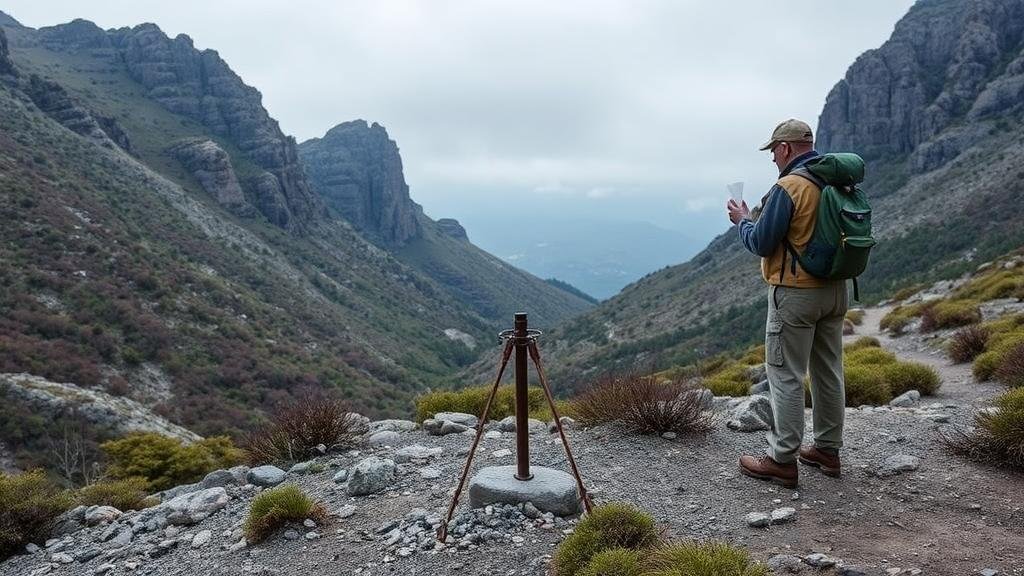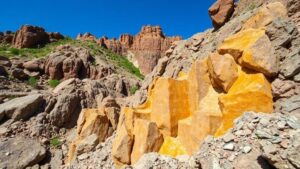Using Dowsing Rods to Locate Metal Deposits in Remote Areas
Using Dowsing Rods to Locate Metal Deposits in Remote Areas
Dowsing rods, often associated with locating water or minerals using mystical or traditional methods, have gained traction as a potential tool in the search for metal deposits in remote regions. Although the scientific community remains skeptical about their efficacy, anecdotal evidence and historical usage suggest that dowsing can play a role in exploration. This article delves into the methodology, efficacy, techniques, and considerations surrounding the use of dowsing rods in locating metal deposits.
The Fundamentals of Dowsing
Dowsing, also known as water witching or divining, employs a forked stick, rods, or pendulums to indicate the presence of underground resources. practitioners, or dowsers, believe they can detect energy fields or shifts in the Earths electromagnetic energy when they are near a deposit of interest.
Commonly, dowsing rods are L-shaped metal rods or Y-shaped sticks that are held loosely in the hands. When the dowser approaches a location with a potential underground resource, the rods react–either crossing each other or moving outward, indicating a find. This instinctual response may stem from subconscious physical reactions, known as the ideomotor effect, rather than a supernatural ability.
Historical Context and Anecdotal Evidence
The use of dowsing has been recorded as far back as the 15th century in Europe, with practitioners often turning to dowsing for hunting water sources. While empirical evidence of dowsings effectiveness remains limited, several case studies illustrate instances where dowsing has guided successful explorations. For example, during the 19th-century gold rushes in the United States, many prospectors claimed that dowsing led them to golden deposits, although the precise accuracy of these claims is difficult to verify.
Methodological Approaches
To employ dowsing rods effectively in locating metal deposits, dowsers utilize specific steps:
- Preparation: Before beginning, a dowser should ideally familiarize themselves with the area and potential resources.
- Choice of Equipment: Selecting the appropriate rods or sticks is crucial for effective dowsing. Metal rods tend to yield more responsive movements.
- Environment Assessment: Dowsers often consider the impact of environmental factors such as soil composition and existing geographic formations.
- Practice: Dowsing requires a practiced hand; therefore, continuous practice in varied locations can enhance a dowsers skill.
- Documentation: Keeping notes of positive hits compared to failing regions provides useful data for future dowsing endeavors.
Real-World Applications
A notable instance of dowsing rod use in modern times occurred in the search for metal deposits in remote mining areas of South Africa. Local miners utilized dowsing as a supplementary technique alongside geological surveys to pinpoint areas of interest. Though the results were inconclusive on a scientific basis, it provided a cost-effective initial search that eventually guided more extensive surveys.
Similarly, in rural areas of Australia, a community of amateur treasure hunters took to using dowsing rods to locate abandoned goldfields, often with varying degrees of success. Some participants have reported finding gold artifacts using rods, indicating that while dowsing may lack solid scientific backing, it fosters community engagement and exploration.
Considerations and Skepticism
Despite the compelling anecdotes and historical context surrounding dowsing, skepticism prevails in the scientific community. Critics argue that the ideomotor effect might explain the results rather than any innate sensitivity to underground resources. Researchers have conducted experiments where dowsers failed to demonstrate consistent, repeatable results when controlled variables were applied.
Also, many experts advise that dowsing should not replace professional geological surveys and methodologies. Techniques such as magnetic surveys, resistivity tests, and geochemical analysis provide reliable data in locating metal deposits.
Actionable Takeaways
- Consider dowsing as a preliminary exploration tool but complement it with scientific methods for comprehensive analysis.
- Engage in training or workshops to develop skills in dowsing before undertaking field activities, allowing for meaningful data collection.
- Document experiences methodically to correlate findings with known geological data for wiser interpretations.
To wrap up, while dowsing rods present a fascinating intersection between tradition and exploration, they should be viewed with a critical eye and as part of a broader toolkit in the quest for metal deposits in remote areas. balance of skepticism and curiosity may ultimately lead to innovative practices in resource exploration.



